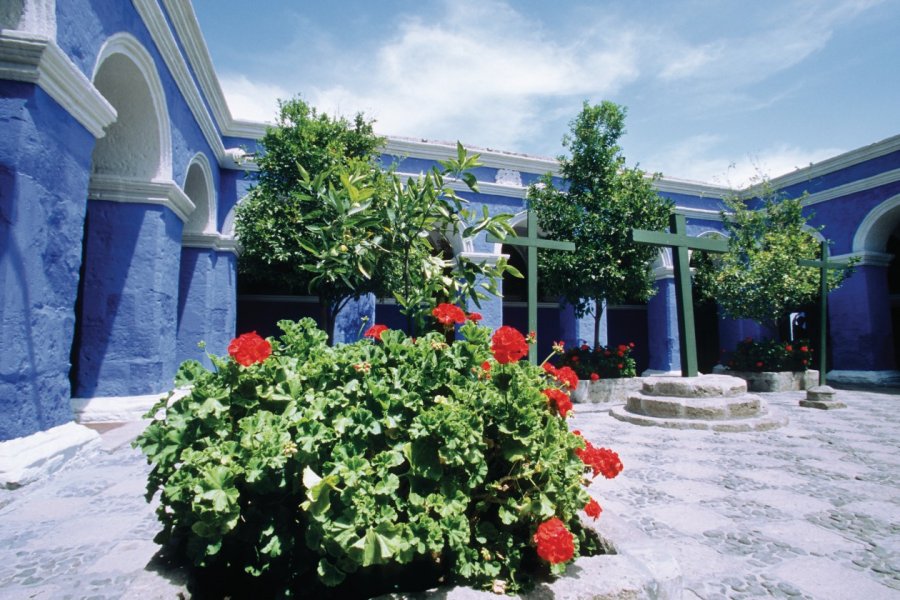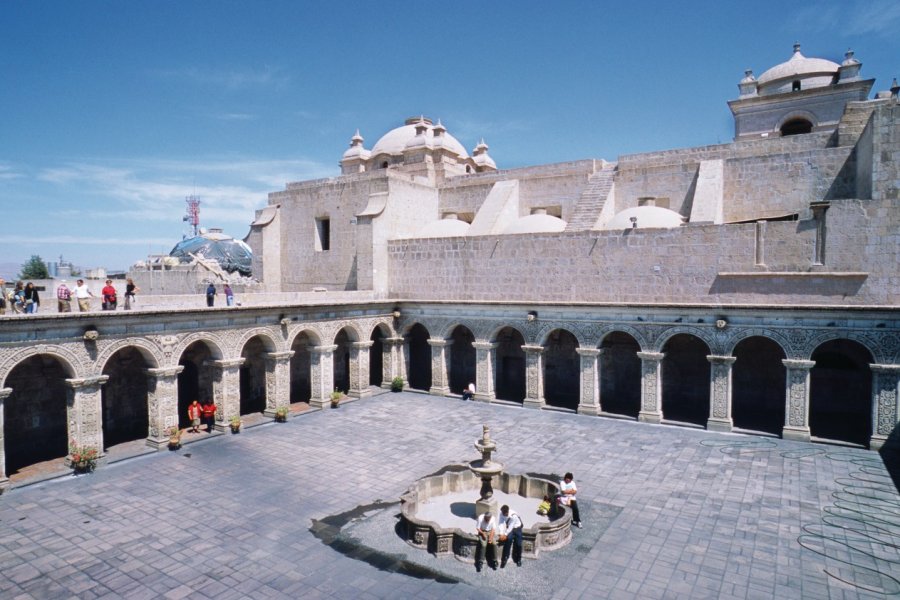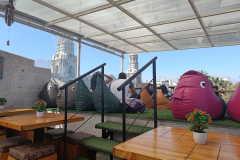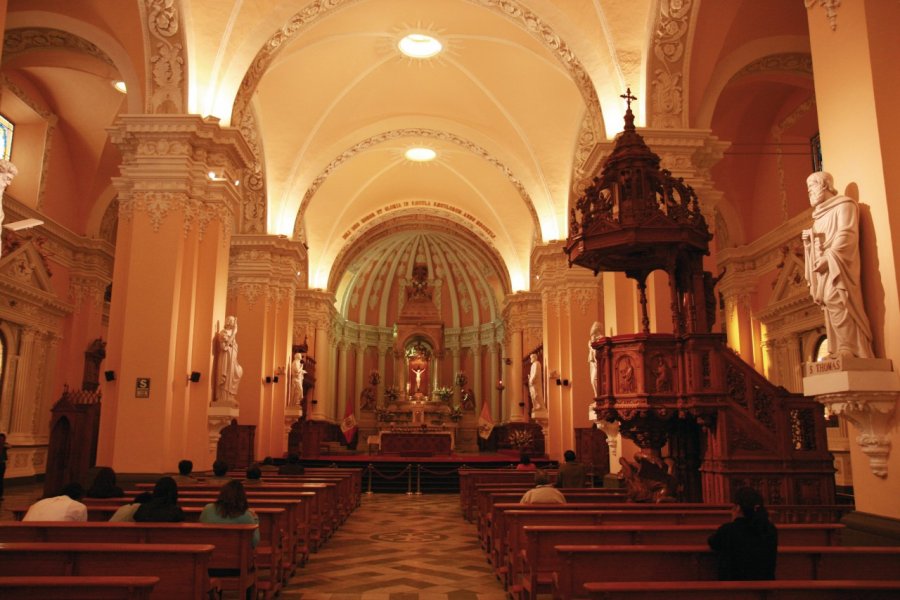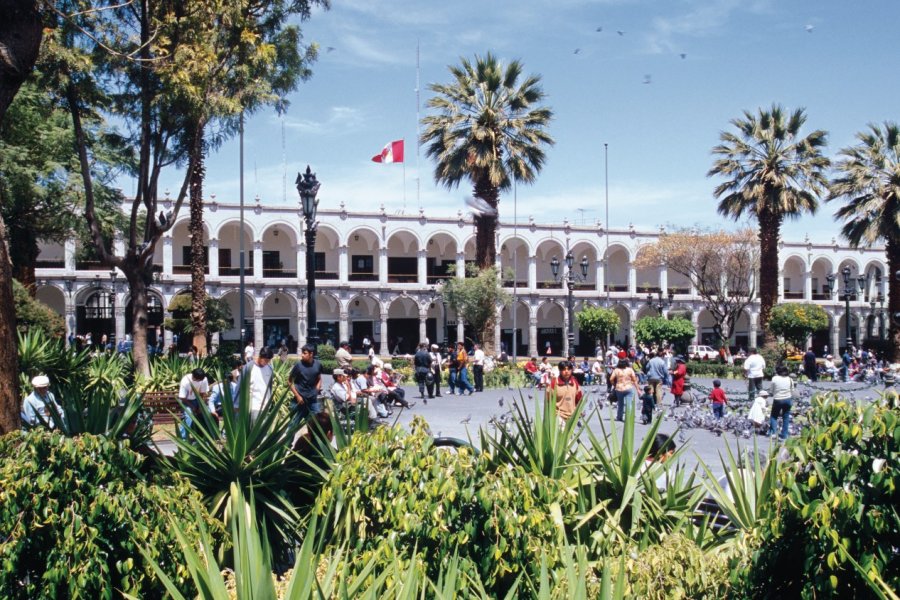Travel Guide Arequipa
Find an accommodation
Advertising
Arequipa is the pearl of the dry Andes. Located at the foot of the volcanoes, it is the second biggest city of Peru, and undoubtedly one of the first by its beauty... Overhung by the Misti volcano (5 825 m of altitude) whose top is eternally white (the snow is however disappearing, because of the global warming of the planet), it is also close to the Chachani volcano (6 075 m) and the Pichu-Pichu volcano (5 664 m). Perched at more than 2,000 m, it was founded on August 15, 1540 by Don Garcia Manuel de Carbajal, on behalf of Francisco Pizarro. The name "Arequipa" comes from a Quechua word, ari-que pay, which means "yes, you can stay". In the past, the Churajón culture dominated the region (as evidenced by the sites of Casapatac, Sabandía or Churajón), while the Chuquibamba culture developed in the north (up to the province of Ayacucho). The white volcanic stone, the sillar, which was used to build monuments, churches and casonas, recalls the extraordinary prosperity that Arequipa experienced as a center for the commercialization of silver extracted in Potosi (now in Bolivia). In the 19th century, it was the trade of alpaca wool, shipped to Europe, that made the inhabitants rich, many of them of Basque origin. In 1870, the construction of the railroad to Cusco and Puno, in the sierra, and from Mollendo to the Pacific, boosted the local economy even more. Although it has suffered many deadly earthquakes, the last one, in June 2001, unfortunately took away one of the two bell towers of the cathedral (since rebuilt), Arequipa has always known how to raise its head. The city, which venerates the Misti volcano as in Japan one venerates the Fuji mount, remained very jealous of its traditions and knew how to overcome the pitfall of tourism, adapting its infrastructures, playing the card of cleanliness as well as security. One is particularly surprised by the animation, the availability and the friendliness of the people as well as by the beauty of the buildings, most of them in sillar, fruits of the prosperity. Arequipa has been declared a World Heritage Site by UNESCO. The most important celebrations commemorate the Aniversario de Cotahuasi on May 4; the Virgen de Chapi on May1; the foundation of the city on August 15; and the Semana Santa in early April. In recent years the city has experienced a population boom, which has resulted in the construction of many buildings in the outskirts and a greater proportion of cars on the streets, but the charm persists.
What to visit Arequipa?
Advertising
Suggested addresses Arequipa
Weather at the moment
Advertising
Organize your trip with our partners Arequipa
Transportation
Book your plane tickets
Car Rental
Boat rental
Accommodation & stays
Find a hotel
Holiday rental
Find your campsite
Tailor-made trip
Immersion travel
Services / On site
Activities & visits
Find a doctor
